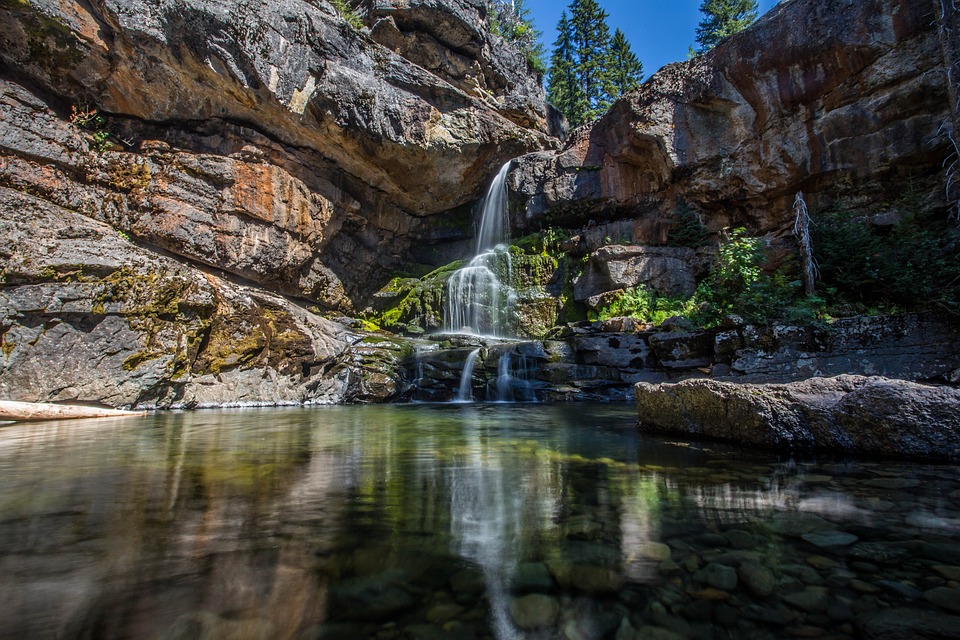Rock collecting is a popular hobby that kids and adults can enjoy together. More than just a fun activity, rock collecting is a great way to study rocks and geology. It can also make a cool science fair project. This article offers tips on how to win a science fair project with an amazing collection of rocks.
Rock collecting can be done for fun, learning, or both at the same time. Many children return from the beach or the park with pockets of rocks of varying shapes, colors, and textures. A more systematic approach to rock collecting can help kids take the fun to another level while also discovering basic geology.
For a science fair project, it would be even more impressive if a student personally collected many samples. It makes for interesting stories to include in your presentation. Pictures of the adventure mounted on foam board or placed in a photo album can help tell the story.
To gather your rock collection, you will need to choose a good hunting site. Check local geological maps and look for hills, cliffs, beaches, and quarries. Pick up interesting rocks on excursions. When collecting in person, label each specimen with a number and location to help identify them later. If you are using a rock hammer to collect samples, wear safety goggles and gloves.
However, not everyone has time to collect their own rock collection. The good news is that you don’t have to collect your own rock collection because you can buy a rock collection that contains just about any type of rock you can find on your own. For many busy families, a store-bought set of rocks provides a good place to start.
To win a science fair project, your rock collection must include examples of all three types of rocks as shown below. There are three types of rocks classified by composition:
Oh my fire
sedimentary s
o mutant
Igneous rocks are formed from cooled magma or molten rock. Igneous or igneous rocks result from volcanic activity on the Earth’s surface and the rapid cooling of lava. Rapid cooling produces fine-grained rocks such as obsidian and basalt. Extrusive, or intrusive, rock forms below the surface, from slowly cooling magma. These rocks, such as pumice stone and granite, are usually coarser and have larger crystals.
Sedimentary rocks are formed by sedimentation in water. Small rock particles are eroded and accumulated in lakes, oceans, and rivers. Over time, these particles settle into layers and are compressed into rocks, such as sandstone, limestone, and chalk.
Metamorphic rocks are igneous or sedimentary rocks that have undergone extreme pressure and temperature conditions, resulting in new shapes. Marble is formed from limestone, while quartzite develops from quartz.
For a winning science fair project, consider using a rock tumbler to polish some samples. Rock tumblers smooth rocks by swirling them in grit and other polishing compounds. Rocks of similar hardness need to be polished together, so first select samples and grade them on the Mohs scale. The process takes about a month, starting with a coarse grind to smooth the edges and moving to a finer grain, polishing with each step. Follow all tumbler directions for best results. Careful recording of amounts and types of rocks, polishing materials, and duration will make for an informative science fair project. Note any changes in the contents of the tumbler or actions taken to improve the process.
All tips given so far are essential to winning a science fair project. However, if you really want to take your project to the next level, you’ll need to master rock-speaking. This is what distinguishes true rock fans from ordinary passers-by. You’ll need to dig a little (no pun intended) into the science of how rocks are formed. Rocks are often composed of several minerals. Once a child knows how rocks and minerals are formed, finding different types becomes easier. Understanding chemistry is helpful. Elements such as carbon, iron, and fluorine are the simplest building blocks of minerals. A specific group of elements makes up a mineral, such as quartz or mica. Minerals have distinct crystal structures composed of repeating elements. Kids enjoy learning about minerals using the rock set and tools to test for hardness. The methodical approach involves looking at the color of the line left by the rock, along with being able to scratch or scratch the glass with a metal probe. All this additional knowledge will make your science fair project more impressive while building your knowledge, understanding, and appreciation for rocks.
